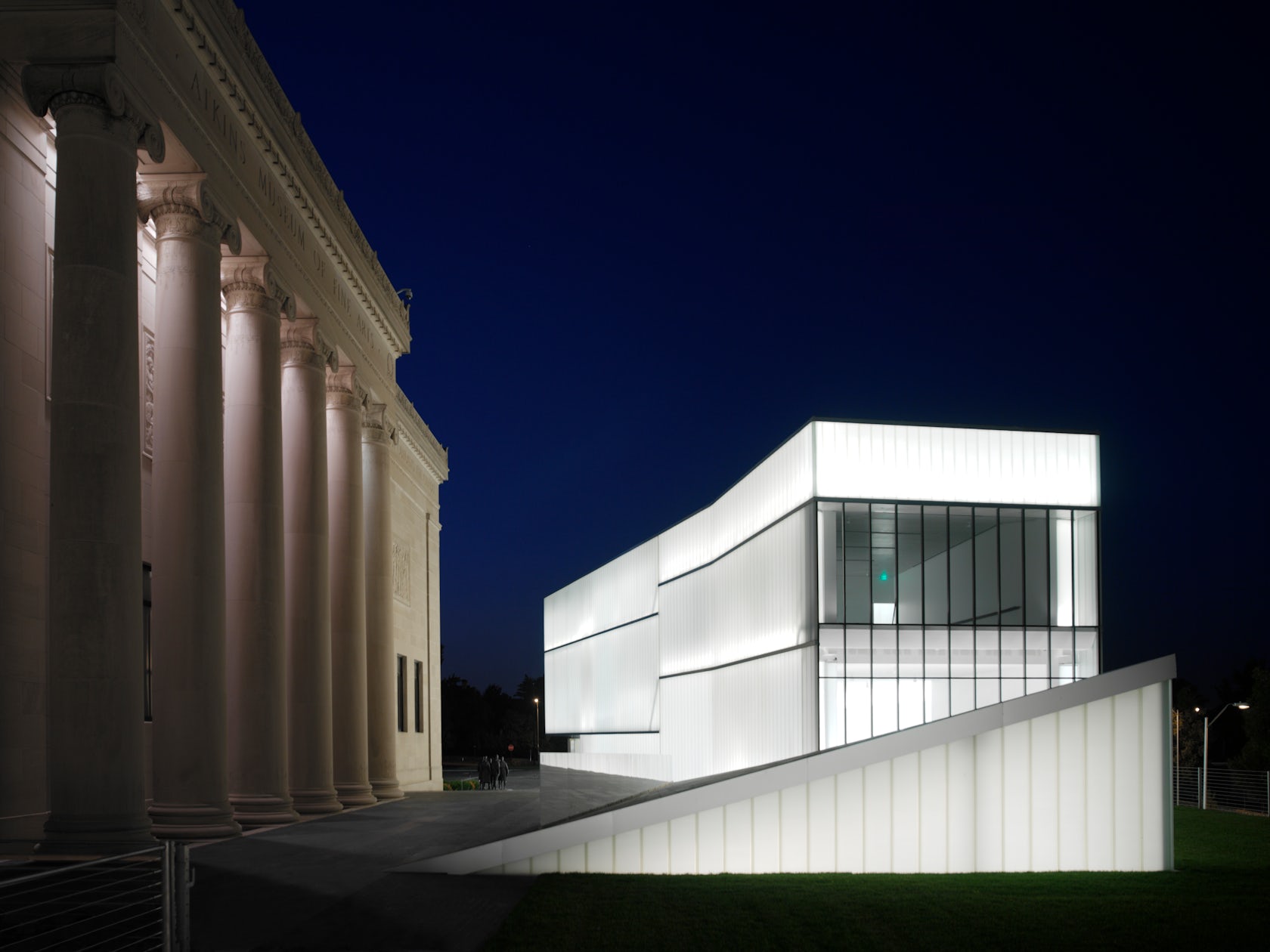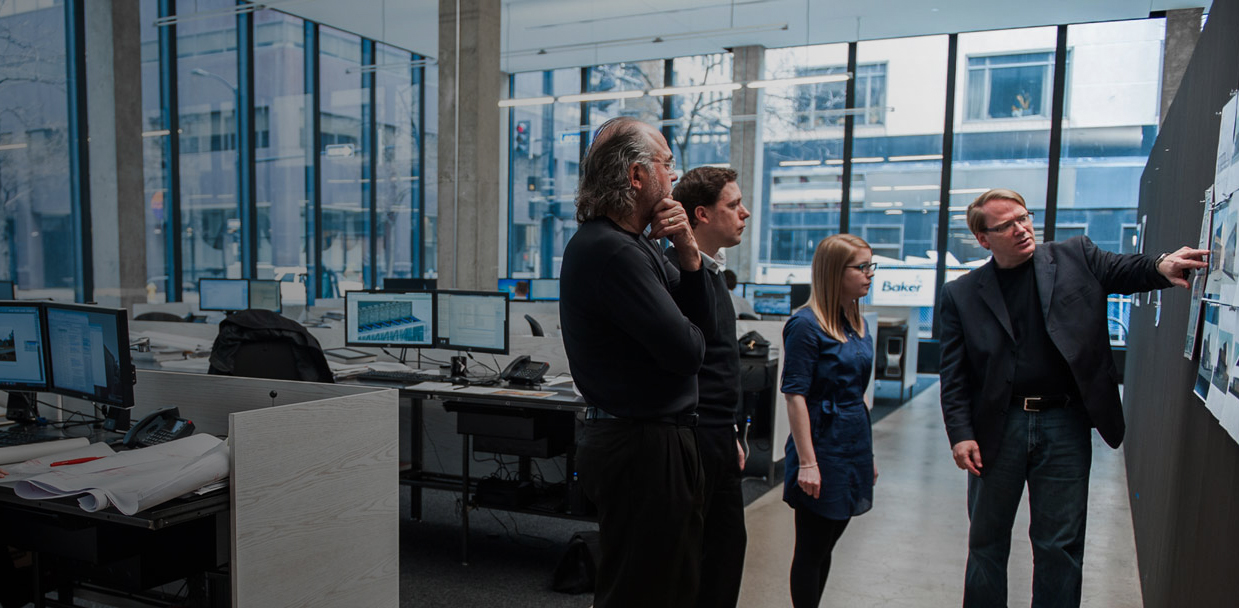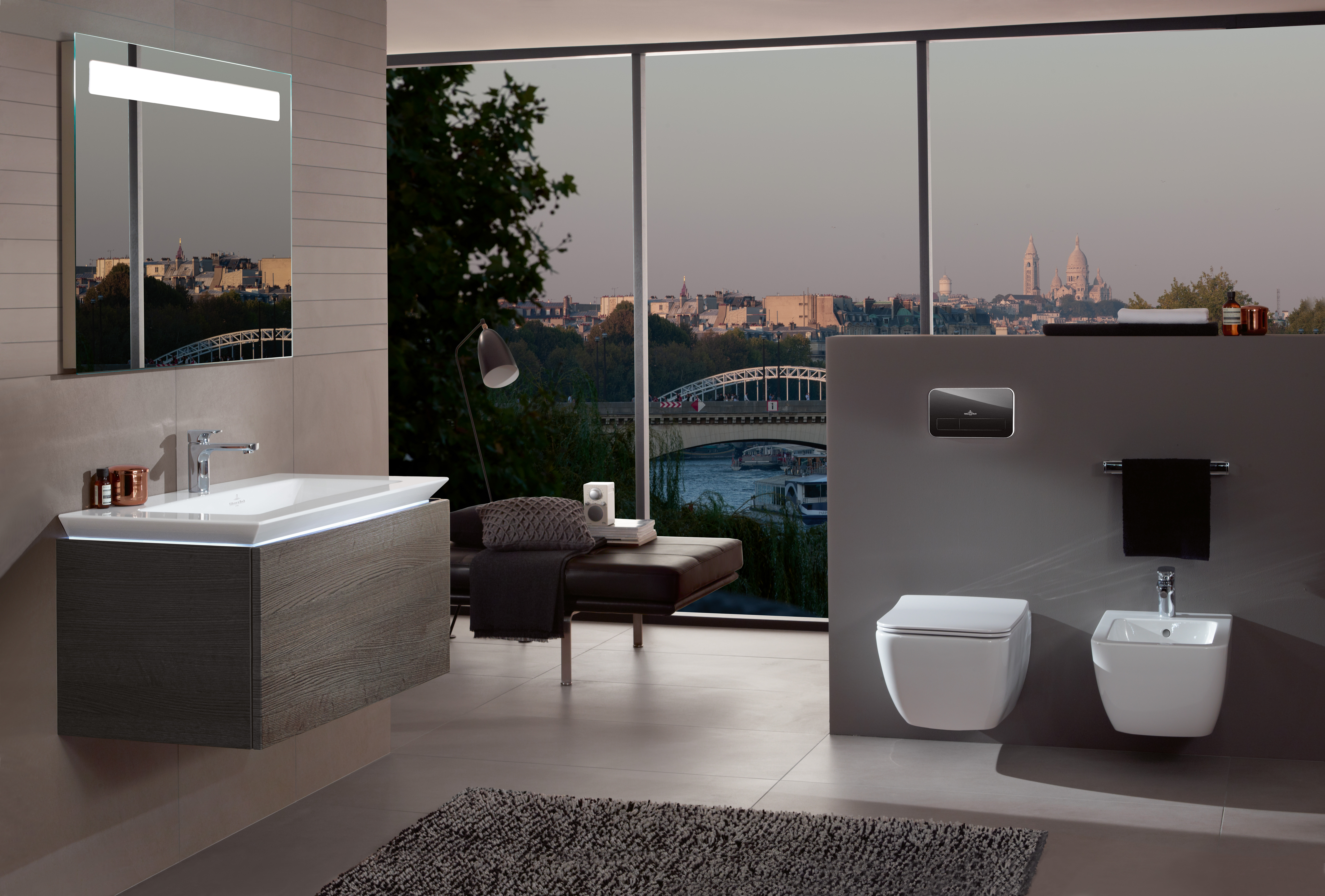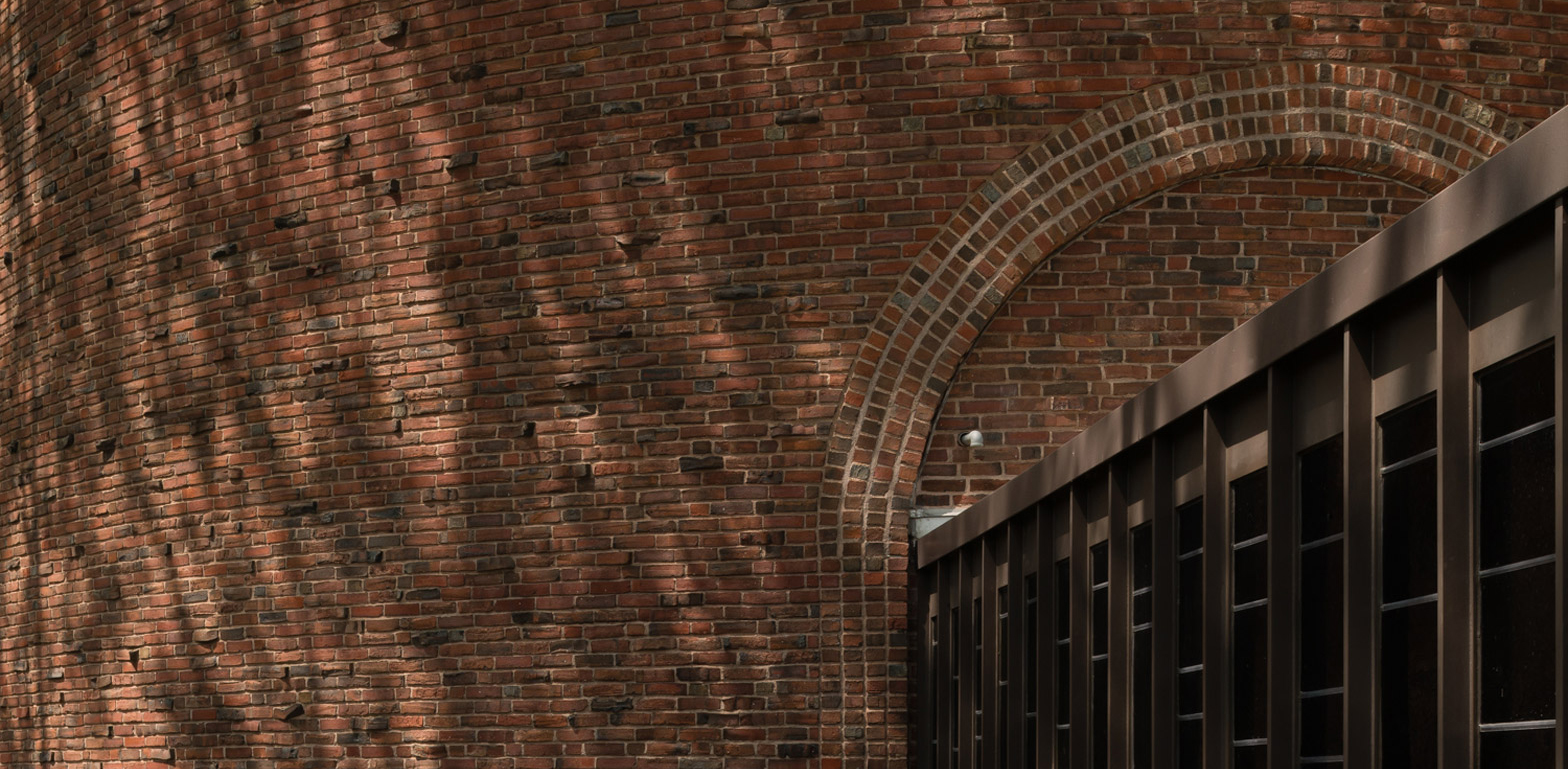Architects: Showcase your next project through Architizer and sign up for our inspirational newsletter.
Measurement is inherent to design. Scale, proportions, scope; they are means by which we quantify the world around us, what we produce and our process. We use measurement to define the dimensions of time and space. But how do we measure the influence or trajectory of a practice? To do so inherently involves summarizing collective experiences and embracing unexpected results. Along the way, we reflect in order to discover and reimagine, to shape what the future holds.

BNIM is a global design practice that has spent 45 years actively shaping architecture and design around the world. With an immeasurable influence on the built environment, BNIM fosters a culture of realizing regenerative, integrated designs that enhance the human condition. A team of 150 mentors, teachers and practitioners across the United States, the practice was awarded the AIA Architecture Firm Award in 2011. Widely recognized for its commitment to high performance and human purpose, BNIM creates solutions that are nimble, adaptable and resilient. These solutions are made possible through a culture of internal growth and mentorship that builds on an incredible legacy.
At BNIM there’s a saying that “no one knows as much as everyone.” This feature takes measure of BNIM’s culture and trajectory through its people, examining the practice from multiple angles and through many voices. The following 4 “secrets” were produced through conversational interview sessions with practice leaders and staff across all departments and offices. They highlight BNIM’s influence and aspirations through new hires and established leaders alike, and serves as a template for growing a successful architectural practice.

Building Positive, Kansas City, Mo., United States
A Holistic, Systems-Based Approach
Recognizing the importance of the triple bottom line and the social, economic and environmental implications of their work, BNIM designs projects that embody a holistic, systems-based approach to the built environment. A powerful example is the Omega Center in Rhinebeck, New York. The first project in the world to achieve both a ‘Living’ status in Living Building Challenge and LEED Platinum certification, the design replaces an existing wastewater disposal system for 119 buildings on a 195-acre campus. Using biological methods of treatment via an Eco Machine, the project helps educate about local, regional and global water issues.

Omega Center, Rhinebeck, N.Y., United States
Another powerful measurement of BNIM’s holistic approach can be seen through the firm’s design for Building Positive, a project made to meet four international sustainability standards and municipal water regulations. Designed through the metrics of the Well Building Standard, LEED version 4.0, the Sustainable Sites Initiative and the Living Building Challenge, the project was created to embody beauty, performance and sustainability. BNIM’s systems-based approach looked at how the project could mimic natural water flows based on the site’s predevelopment conditions. Simultaneously, Building Positive was designed to promote well-being, health and productivity.

Building Positive, Kansas City, Mo., United States
Global Leadership
BNIM’s body of work maps the evolution of sustainable design thinking: from early pilot projects that defined the creation of the AIA’s Committee on the Environment to development of the USGBC’s LEED rating system and the first LEED Platinum project, to work that goes beyond LEED’s highest standards to achieve Living Building status. BNIM believes that what a building does matters as much as how it looks; that long life, loose fit strategies promote commitment to long-term thinking and measurable improvements to quality of life.
Most recently, BNIM’s thought leadership has been exploring resilient design and planning for communities and regions, conceptualizing the workplace of the future and rethinking urban revitalization. To those efforts, BNIM has become actively involved with the U.S. Department of State to promote Eco-Diplomacy abroad. Working with the Bureau of Overseas Buildings Operations, BNIM is undertaking major rehabilitation and renovation projects representing the U.S. government worldwide, including work on new embassies, consulates and diplomatic buildings.

Nelson-Atkins Museum of Art – Bloch Building, Kansas City, Mo., United States
Empowering Collaboration Through Design
As a practice formed with interconnected studios across architecture, landscape, planning and more, BNIM centers on people. Exploring the power of human potential, the practice actively works to leverage collective impact and facilitate processes that inspire change.
As such, the work of BNIM does not fall into any particular stylistic formula. Every project is contextually and programmatically unique, each with diverse connections to communities and culture. Harnessing the power of collaboration across disciplines and locales, BNIM has been able to realize works from the Bloch Building at the Nelson-Atkins with Steven Holl Architects to the Kauffman Center for Performing Arts with Moshe Safdie. Understanding the power of bringing people together, BNIM’s multidisciplinary structure engenders innovation and collaboration.

© Safdie Architects
Kauffman Center, Kansas City, Mo., United States
Building Culture
BNIM’s impact has been made possible by its culture and its people. Fostering teamwork and a flatness to innovation, the practice operates horizontally to cultivate outstanding design ideas and exemplary leadership. Seasoned leaders and new hires alike are encouraged to share different points of view across varied areas of expertise. Leveraging diversity to empower a sense of ONE BNIM, the practice inspires individuals to embrace community-building and outreach. Seeing creative work as a shared experience, BNIM upholds a willingness to teach and mentor, to understand practice and projects as human endeavors.

Advancing environmental stewardship and critical ideation, BNIM has left an indelible mark on the global practice of architecture. By fostering a culture that embraces self-critique, collaboration and the unexpected, the practice continues to shape the future of the built environment. Bringing together diverse voices to discover the best ideas, BNIM actively works to elevate human potential. As visionary leaders, the practice stands together to reimagine the relationships between people and place. Their work has only just begun.
Architects: Showcase your next project through Architizer and sign up for our inspirational newsletter.




